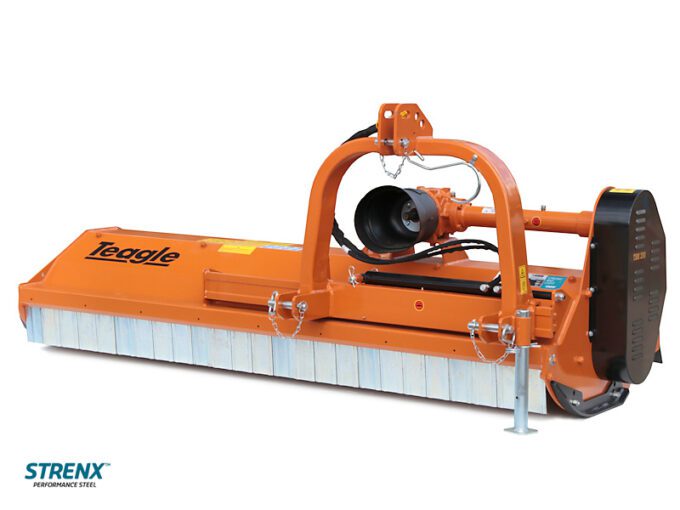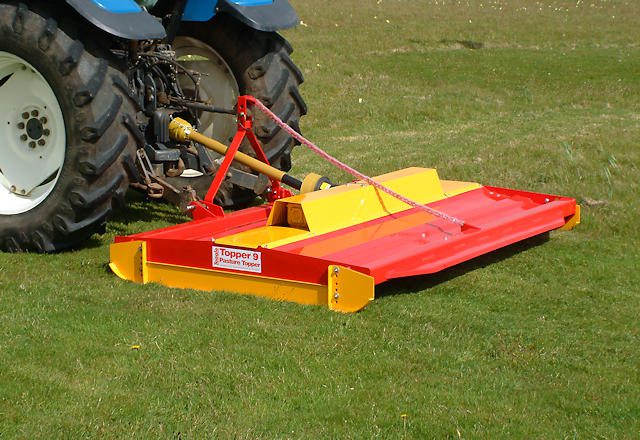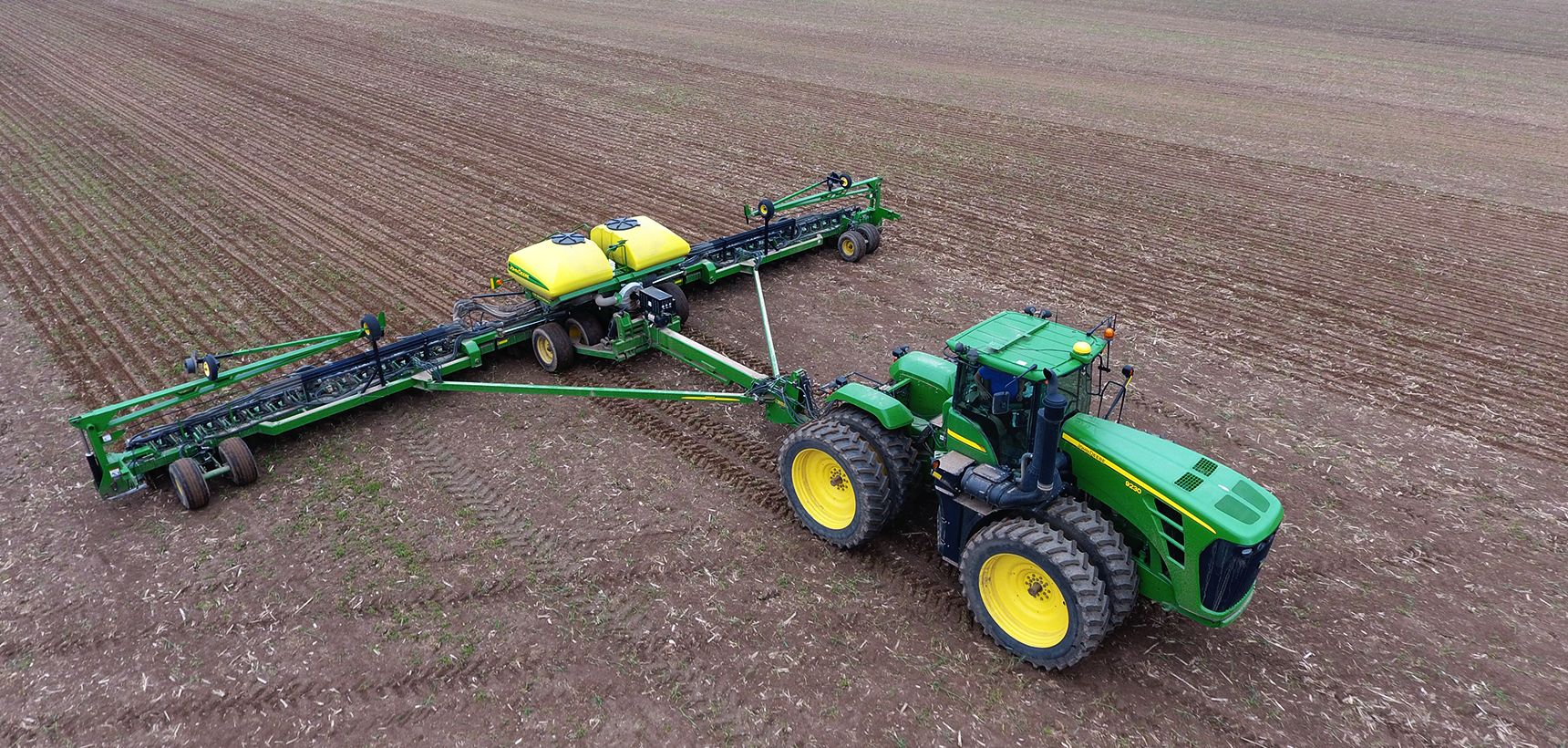Company News

Flail vs. Topper Mowers: Which One is Right for You?
Choosing the right mower is essential for effective land management, whether you’re maintaining pastures, clearing overgrown fields, or keeping roadside verges tidy. Two popular types of mowers – flail mowers and topper mowers – serve different purposes and have distinct advantages. This article will compare these two options, helping you decide which one suits your needs best.
What is a Flail Mower?
Design and How It Works
A flail mower consists of multiple small blades (known as flails) attached to a rotating drum. These flails swing freely and can handle uneven terrain and obstacles, making the mower highly durable and effective for cutting dense vegetation.
Best Uses
- Cutting thick, overgrown vegetation (brambles, weeds, brush).
- Maintaining roadsides, orchards, vineyards, and rough terrain.
- Creating a fine, mulched finish by chopping vegetation into smaller pieces.
Hammer Flails vs Y Flails
There are two different types of flails, with different properties, Hammer flails and Y-Flails. Hammer flails are thicker in design and tend to pulverise and crush vegetation, compared to the thinner Y-Flails which slice through the vegetation. Therefore, Hammer Flails tend to be used for thicker vegetation and a Y-Flail is used for grass and weeds instead of anything particularly thick. The Hammer-Flail is more durable and breaks material into finer pieces, whereas the Y-Flail wears faster on hard materials and leaves longer cut pieces.
Pros
- ✅ Leaves a clean, mulched finish.
- ✅ Can handle rough, uneven ground and obstacles.
- ✅ Ideal for overgrown and dense vegetation.
Cons
- ❌ Requires more power to operate.
- ❌ Higher maintenance due to multiple moving parts.
What is a Topper Mower?
Design and How It Works
A topper mower has a few large, fixed blades that rotate horizontally. It is typically mounted on a tractors rear and is deisgned for quick and efficient cutting over large areas. Unlike a flail mower, it does not mulch the cut material, leaving it in long strips on the ground.
Best Uses
- Cutting long grass and light brush in fields or pastures.
- Quickly topping growth without needing a fine finish.
- Managing grassland for grazing livestock.
Pros
- ✅ Cheaper and simpler to maintain.
- ✅ Covers large areas quickly.
- ✅ Requires less power compared to flail mowers.
Cons
- ❌ Leaves a rougher, coarser finish.
- ❌ Struggles with thick or uneven vegetation.
- ❌ Less precise than a flail mower.
Key Differences Between Flail and Topper Mowers
| Feature | Flail Mower | Topper Mower |
| Cutting Mechanism | Multiple swinging flails | Few large fixed blades |
| Finish Quality | Fine, mulched cut | Coarser, uneven cut |
| Best For | Dense vegetation, rough ground | Open pastures, simple cutting |
| Maintenance | Higher (more moving parts) | Lower (Fewer parts) |
| Cost | More expensive | More affordable |
| Power Requirement | Higher | Lower |
Which Mower Should You Choose?
Go for a Flail Mower if:
- You need a neat, mulched finish.
- You deal with rough terrain and obstacles.
- You maintain roadsides, orchards, or overgrown areas
Go for Topper Mower if:
- You need to clear large open fields quickly.
- You don’t require a neat finish.
- You want a lower-cost, lower maintenance option.
Conclusion
Both flail and topper mowers have their place in land management, depending on your specific needs. If you’re dealing with thick vegetation and want a neat, mulched finish, a flail mower is your best bet. If you’re looking for a cost-effective way to manage large, open fields, a topper mower will get the job done efficiently.
When choosing your mower, consider the type of terrain, the level of maintenance you’re comfortable with, and the quality of finish you require.
Visit our website for information on our current stock of Flail Mowers.
Or visit this page for more information on our current stock of Topper Mowers.





 MARTIN PEARS ENGINEERING BUILDING FOR BUSINESS EXPANSION
MARTIN PEARS ENGINEERING BUILDING FOR BUSINESS EXPANSION